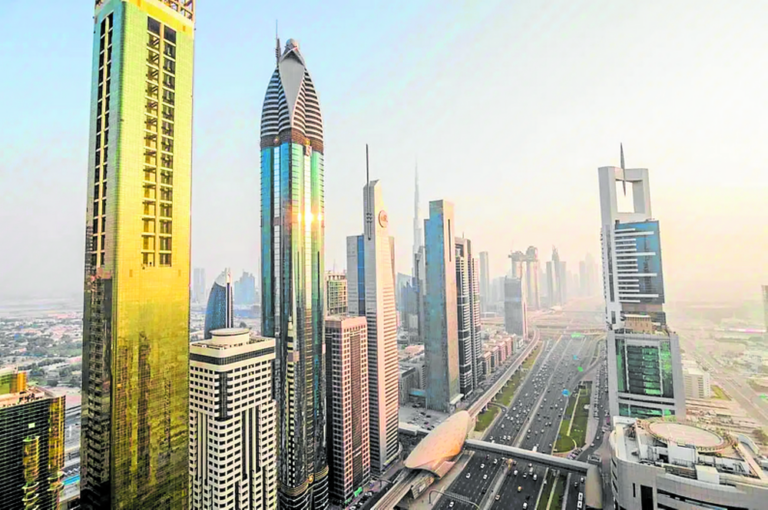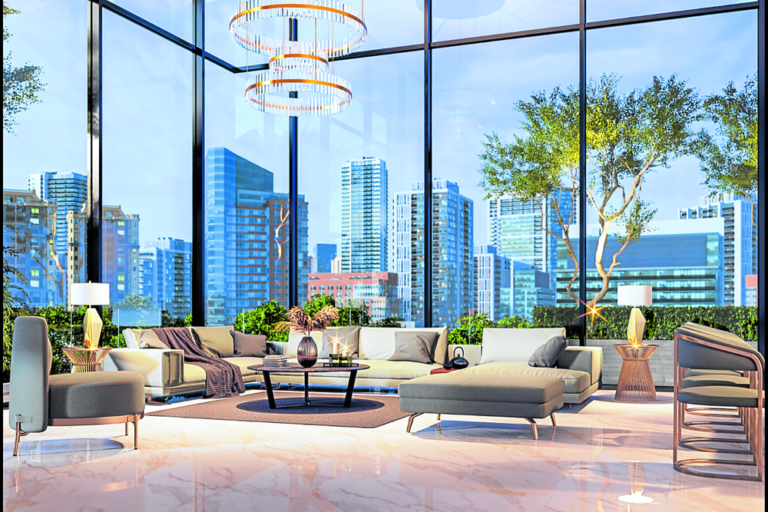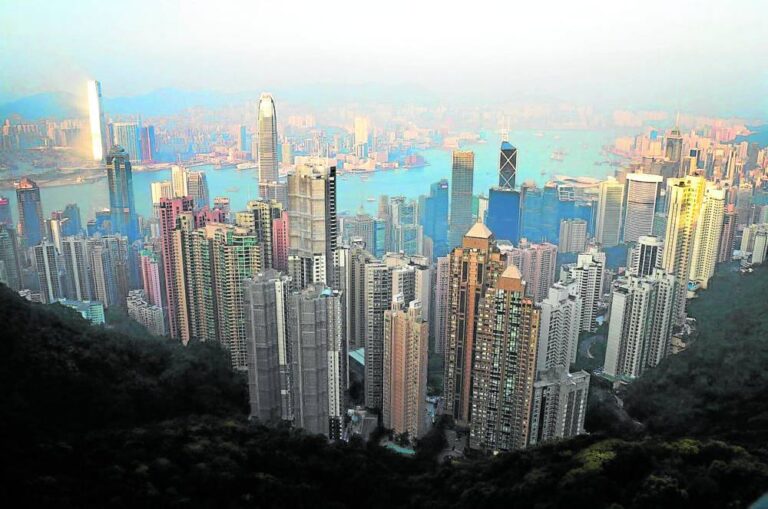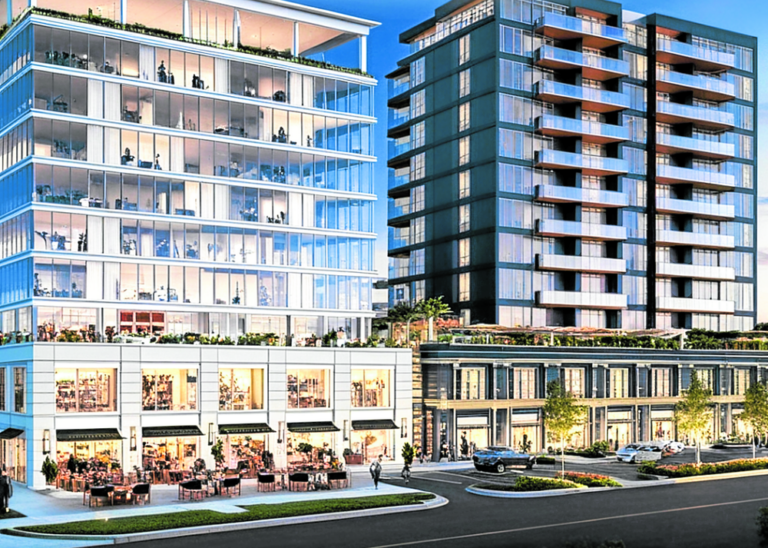March 24, 2025
MANILA – The continued rise of urban populations reshapes how cities address growth.
As metropolitan areas swell with new residents, the available land for development becomes increasingly scarce. The previous era of horizontal expansion, characterized by sprawling subdivisions and low-rise projects, gives way to a vertical approach.
Vertical urbanism emerges as an essential framework, combining affordable housing, commerce, and community spaces within efficient, compact footprints.
Land scarcity demands vertical solutions
Continuous urban expansion consumes the remaining tracts of prime land, driving prices upward and intensifying developer competition. As high land costs intersect with increasing demand, vertical communities become an effective strategy for sustainable growth.
READ: Rethinking cities for smart, sustainable growth
Building upward accommodates greater densities within limited parcels. Instead of pushing into suburban fringes, cities consolidate growth vertically.
This solution preserves valuable ground space for public infrastructure, transport systems, and green areas while alleviating housing shortages and optimizing land use.
Mixed-use model as a cornerstone
Integrating residential, commercial, and recreational spaces in mixed-use vertical developments creates self-contained environments where residents can live, work, and relax without extended commutes.

Vertical urbanism presents a practical and sustainable solution that addresses spatial limitations. PHOTO: ARCHUP.NET/PHILIPPINE DAILY INQUIRER
This model reduces traffic congestion and encourages pedestrian activity. It fosters economic vibrancy by sustaining a steady flow of foot traffic that benefits local businesses. These walkable communities provide convenience and accessibility, elements increasingly valued in modern urban life.
Human-centered design in high rise communities
The success of vertical urbanism relies on thoughtful design. Stacking units vertically requires careful consideration of spatial quality, privacy, and social connectivity. Access to natural light, cross-ventilation, and expansive views enhances indoor environmental quality.

Vertical urbanism alleviates housing shortages while optimizing land use. PHOTO: VAKEFIGLASS/PHILIPPINE DAILY INQUIRER
Amenities such as fitness centers, landscaped gardens, and communal lounges promote interaction and a sense of belonging among residents;security and privacy demand controlled access points, clear circulation paths, and comprehensive surveillance systems.
Efficient vertical mobility, supported by high-speed elevators and separate service routes, ensures comfort and convenience across multiple levels.
Transit-oriented developments transform mobility
By aligning projects with existing and planned public transportation systems, developers offer residents accessible and affordable mobility solutions. This approach reduces reliance on private vehicles, alleviates urban congestion, and helps lower emissions.

The success of vertical urbanism relies on thoughtful design. PHOTO: SOLEDAD SAMBIASI/PHILIPPINE DAILY INQUIRER
Transit-oriented vertical communities integrate effectively with the broader urban infrastructure. This connectivity enhances the quality of life and reinforces these developments’ long term value and relevance.
Envisioning the vertical city of the future
Urbanization continues to challenge cities to innovate and adapt. Vertical urbanism presents a practical and sustainable solution that addresses spatial limitations while promoting economic growth and environmental responsibility.
Developers who lead this shift shape the next generation of urban living. Their projects deliver compact, connected, and resilient communities that reflect a new vision for metropolitan development.

Stacking units vertically requires careful consideration of spatial quality, privacy, and social connectivity. PHOTO: SOLUTIONSGC.COM/PHILIPPINE DAILY INQUIRER
Vertical urbanism has moved beyond a response to scarcity. It has become a transformative approach to building cities, prioritizing people, place, and purpose.


